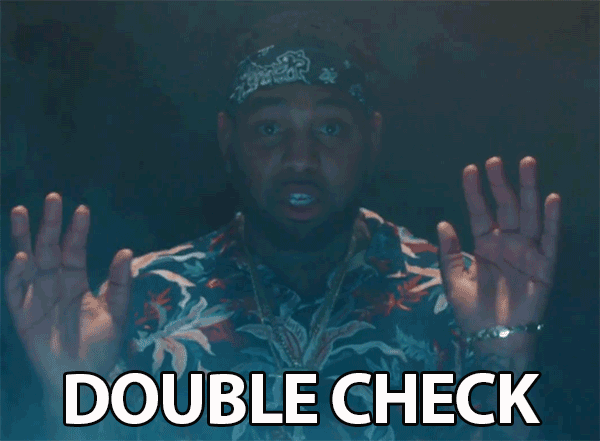Email marketing has long occupied an important role among business promotion methods. Mailing lists were one of the first tools of Internet marketing and continue to be a valid and effective way of communication and promotion for the brand.
Moreover, this type of marketing is still subject to myths and stereotypes. Because of this, specialists who come to use it in their work often make ridiculous mistakes sometimes. Of course, first of all, we are talking about newcomers to the field, but even experienced email marketers are not immune to mistakes and failures.
Consider the 5 most common stumbling blocks that email marketing experts often stumble upon.
1. Overloaded with CTA
A Call to Action is one of the main elements of any letter. This past is responsible for the subscriber to perform the target action or not. For this reason, many marketers are trying to put as many calls to action as possible in the letter, either in the form of buttons, or in the text itself, so that the reader certainly clicks on the cherished link. But in fact, such tactics are more likely to be destructive than useful.

Too many different appeals indicate that the marketer has not decided on the purpose of his newsletter. The optimal number of CTAs is 1: 1, that is, in one letter only one CTA button should be placed.
2. Ignoring personalization by name

Yes, it still happens. Personalization by name in subject line of the email is a powerful trigger for opening letters. This tool helps to attract attention and catches the eye, favorably highlighting the letter among hundreds of others in the mailbox. Novice marketers may find this an exaggeration, and that personalization is not worth it, but in fact, everything is just as effective as they say.
Until now, some experts forget or ignore the importance of this factor.
3. Too much of personalization

If in the previous paragraph personalization by name is a useful element, now we»ll talk about situations when it is better to avoid this. And the most important at this point is the relevance of the name of the manager in the sender line in advertising mailings and digests.
It would seem that everything is moving towards personal communication and easy communication. The last issue still has the right to be, but it»s better to mention the brand name in the address bar. Why? Compare two options: you received a letter from Jamie Brown with the message «50 percent discounts for the whole assortment» and you received the same letter, but from «H&M» — which one will you open first? The same applies to digests from any information resources. Readers are subscribed to NewYorkTimes, because they care about their authority and trustworthiness of the resource, and they don»t care which person will send the letters, because the reputation of the company is more important.
Talking about a technical support or direct communication with customers to solve their problems, then, of course, a personal approach will be more justified, which will show concern for everyone and attention to an individual client. Moreover, in this case, the problem is solved by the «man-man» system, and not «man-corporation». But in any case, it is better to add the name of the company, use a kind of hybrid option, for example,« Andrei from SendExpert ».
4. Forgeting to test

It is not strange, but even experienced professionals often fail with such a simple mistake. In a hurry, or simply because of the belief that everything is done correctly, this step can be considered optional. But it»s better to delay the sending to later, but to test the letter for correct display, than to send an email that will crawl from the recipient. Most services have preview functions, where you can see how your message will look on the recipient's device.
SendExpert gives the opportunity to see how the letter will look on the desktop application, tablet and smartphone. This is a very important function, as it allows you to take into account the adaptive layout capabilities and adjust the letter. So that it looks as neat and aesthetically pleasing as possible on whatever device the recipient opens.
5. Hiding the unsubscribe form

The unsubscribe line is a required element of any newsletter. But sometimes the temptation to hide a link to an unsubscribe or not to indicate it at all, seduces many marketers. They think that in this way it will be possible to retain more subscribers. In fact, this decision is not only annoying customers and looks like quite an aggressive tactic, but also is illegal. In each newsletter, it is necessary to indicate the reason why the person received this letter and give the opportunity to unsubscribe from further messages. Otherwise, you email is surely will be send to the unwanted spam folder.
Tags: email mistakes personalization
